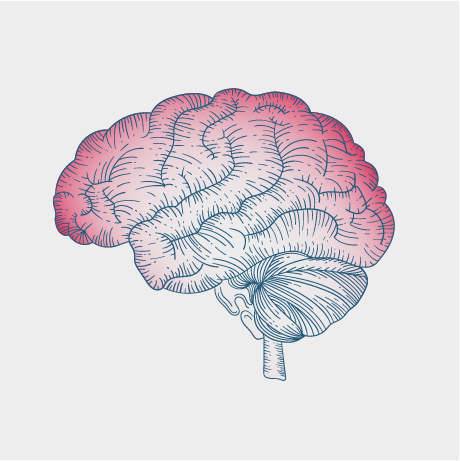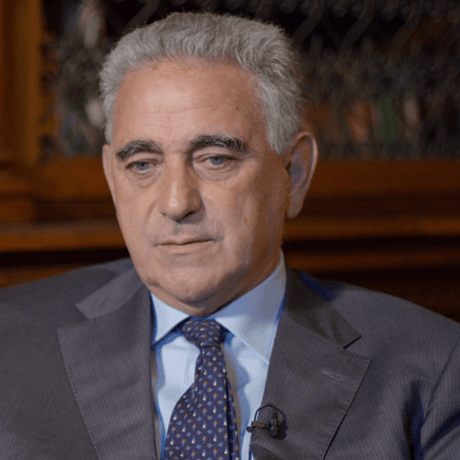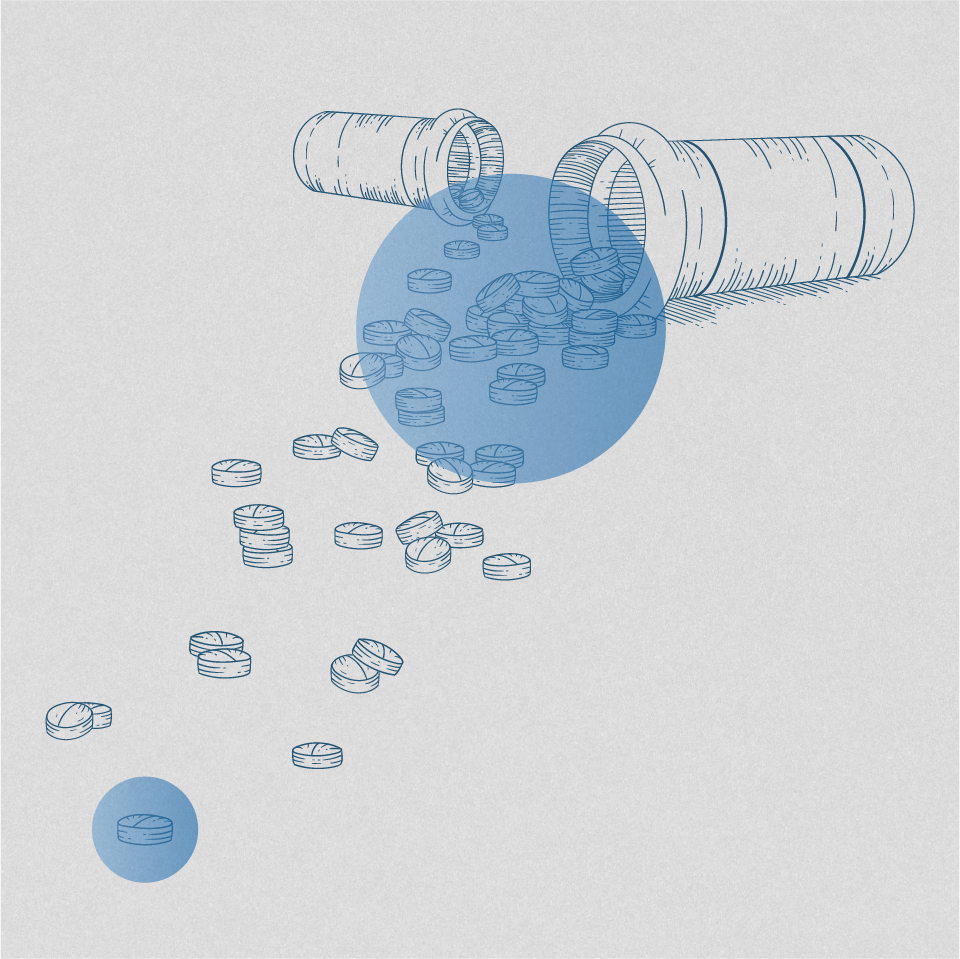
Emerging concepts in migraine pathophysiology
Emerging concepts in migraine pathophysiology
Rami Burstein, Harvard Medical School, US
Has there been any research on the pathophysiology of migraine presented or published recently that has been particularly interesting for you?
We have seen completely novel sets of data on inflammation and the role of its place in migraine and how the sequence of events that involve activation of different classes of immune cells in the brain and then on the outside of the brain in the pia and the dura where the pain fibres live. So, we have been playing with idea that medicine overuse headache is a form of addiction. There was a very interesting lecture this morning on the neurobiology of addiction calling our attention to the fact that patients who have a happy social life and social support are less likely to be addicted to anything, to any even habit forming drug like methamphetamine and cocaine and things like that translating into we are trying to examine a completely novel view of treating migraine patients. Is the fact that, if we give them a social alternative for interesting social life, they may be less likely to develop medication overuse headache or take more medication than they need to.
Is there a genetic predisposition to migraine?
The data that are published strongly support the case that there is a genetic fact component to migraine. What is less clear is what is the role of the environment in migraine. If you have a football player who never had a headache in his life or a migraine and they get hit in the head at age 27 and there is no migraine in the family and from that day on they develop chronic post-traumatic headache that develops into a chronic migraine. This is not genetic, this is environmental.
What structural and functional differences are evident in the brains of patients with migraine?
So there are multiple structural and functional changes that have been documented in the migraine brain using a variety of electrophysiological and imaging techniques. The changes are not debatable; it’s clear that there are changes. The question is whether these changes are the cause or the effect. Is it because of these changes that the patient gets migraine or is it because they have migraine that they get these brain changes. In other words, what will happen if you take the migraine away, will the brain return to normal structure and function?
In the prodromal phase, what are the proposed mechanisms by which hypothalamic and brainstem neurones trigger headache?
Clearly the hypothalamus and brainstem play a role in migraine pathophysiology; that’s not the question. The question is whether they play a role in the triggering of a migraine attack and in the triggering of the headache.
What is cortical spreading depression, and how might it cause aura?
Cortical spreading depression does not cause aura. Cortical spreading depression is a wave of abnormal cortical activity that we can record in animals, that we believe is the mechanism by which aura happens in humans. We cannot record cortical spreading depression in humans because we can’t insert an electrode there before the aura begins. It’s not ethical to do.
How are trigeminovascular neurones activated and sensitised?
There is a consensus today that trigeminovascular neurones with receptive field in the meninges, in the dura, need to be activated in order to provide the input that is required for the onset for the headache phase of migraine. For the head to hurt, either here or here, wherever it is. While we know that cortical spreading depression, the animal correlate of aura, can activate them, we don’t know how. It is an intense topic of research throughout the world of trying to understand how events that happen in the brain result in activation of a pain fibre. We talked about it in relation to the inflammation, of course it’s not the only explanation. There are many groups who work on it. It can be response of blood vessels, it can be plasma protein extravasation. It can be many different things. We don’t know how. We know that they get activated; we don’t have the answer on how.
What are the proposed roles of CGRP signalling in the trigeminal sensory system in the pathophysiology of migraine?
We know that it dilates blood vessels inside the head, the cerebral blood vessels and blood vessels in the meninges. We know that it can promote neurogenic inflammation and plasma protein extravasation. We know that it is released mainly from nerve endings of trigeminovascular neurones in the meninges. CGRP signalling does play an important role in brain functions.
What are the other molecular targets for future therapy?
There have been repeated attempts to tailor better molecular targets to prevent activation of TRPV1 and TRPA1 receptors. There are novel molecular targets that go after inflammatory pathways and maybe, to a certain extent, after vascular responses.
What are the remaining research questions on pathophysiology of migraine?
Long term effect of migraine on the brain is one. Which inflammatory pathways are activated during migraine and how different they are from inflammation all over the body. The role of the hypothalamus and the limbic system. It’s endless. How pain fibres get activated. What is the true mechanism for progression of disease from episodic to chronic. The sky’s the limit; there are so many topics.



